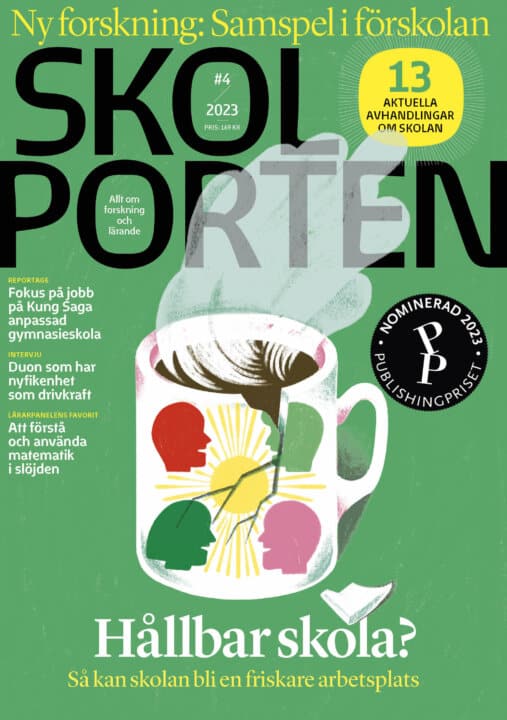Indoor air quality and chemical emissions of organic compounds in newly built low-energy preschools
Inomhusluften i förskolor i lågenergihus innehåller lägre halter hälsofarliga kemikalier. Det visar Josefin Persson i sin avhandling.
Josefin Persson
Thanh Wang, Örebro universitet Docent Jessika Hagberg, Örebro universitet
Professor Pim Leonards, Vrije Universiteit, Amsterdam
Örebro universitet
2018-12-18
Indoor air quality and chemical emissions of organic compounds in newly built low-energy preschools
Institutionen för naturvetenskap och teknik
Indoor air quality and chemical emissions of organic compounds in newly built low-energy preschools
In 2010, the European Union (EU) introduced the “Energy performance of Buildings” directive, which stipulates that all new buildings must reduce their energy consumption by constructing low-energy buildings. This could be achieved by constructing airtight and energy efficient envelopes with functional building materials such as age-resistant plastic films, insulation and different sealing products. However, functional building materials are known to contain a large amount of man-made chemicals that could be released to the indoor environment and might cause health issues among the occupants. In view of this, the indoor air quality (IAQ) and contamination of selected organic compounds were investigated in newly built low-energy preschools in order to evaluate whether the new building concept, low-energy housing, can have a negative effect to the indoor environment and the occupants. The IAQ was satisfactory in all preschools and the indoor air chemical mixture was heavily influenced by the mechanical heat recovery ventilation system. Furthermore, the levels of formaldehyde, total volatile organic compounds (TVOC), brominated flame retardants (BFRs) and organophosphate flame retardants (OPFRs) were lower in the environmental certified low-energy preschools compared to those preschools without environmental certification. Thus, a conscious choice of building materials, interior decoration and chemical products can reduce the occurrence and levels of hazardous organic compounds. Emission tests showed that collected building materials only contributed to a small fraction of the measured indoor chemical levels. Furthermore, preliminary exposure risk estimation of the indoor chemical mixture showed potential health risk from some individual compounds to the occupants, but further investigations are needed for a more complete risk assessment. In conclusion, the comprehensive and unique study design presented in this thesis will contribute to the ongoing work towards a non-toxic environment, further development of the low-energy building concept and the legislative movement on limit values for chemical emissions from building materials.
Relaterade länkar

Biologi
 Åk 7–Vux
Åk 7–Vux Hållbar utveckling i förskolan
 Fsk
Fsk 




